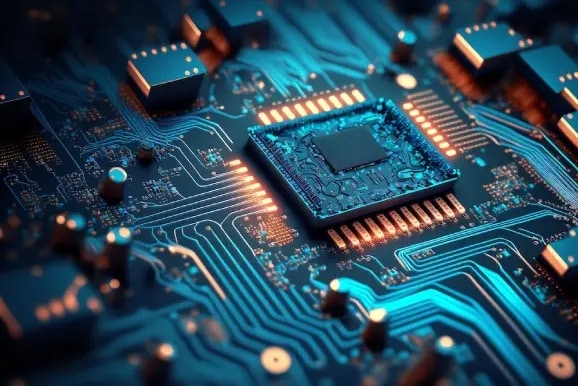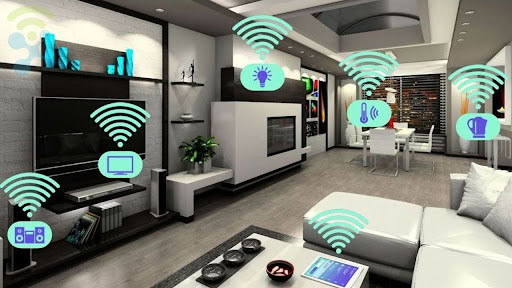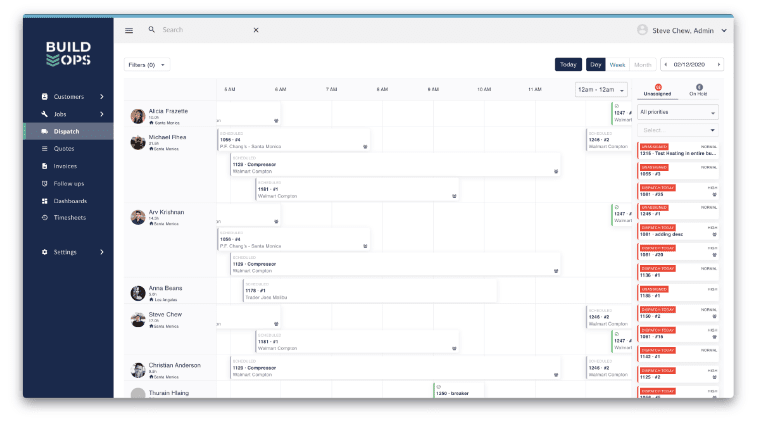Printed Circuit Boards (PCBs) are the backbone of modern electronics. Whether it’s your smartphone, laptop, or your car’s control panel, PCBs are present in nearly every electronic device we use today. Designing a PCB is a critical step in developing electronic systems, and adhering to best practices is essential for ensuring functionality, reliability, and manufacturability. This article will explore some of the best practices in PCB design.

Plan and Document Your Design
Before diving into PCB layout software, planning your design thoroughly is essential. Start with a schematic diagram that outlines the electrical connections between components. This schematic serves as the blueprint for your PCB layout. Ensure your schematic is well-organized and properly annotated to avoid confusion during the layout phase.
Component Placement
The positioning of components on the PCB is critical. Members should be placed for optimal signal flow, heat dissipation, and accessibility for assembly and maintenance. Group related details together, use the least amount of board space possible and keep sensitive analog components away from noisy digital ones to minimize interference.
Signal Integrity
Maintaining signal integrity is crucial for high-performance PCBs. Use proper ground and power planes and employ good decoupling techniques to minimize noise and signal distortion. Route high-speed signals carefully, ensuring controlled impedance and minimizing trace lengths to prevent signal degradation.
Layer Stackup
The layer stack-up of your PCB affects its electrical and thermal performance. Choose the right number of layers and materials to meet your design requirements. Consider factors like impedance control, signal routing, and power distribution when designing the stackup.
Trace Width and Spacing
Calculate trace widths and spacing based on your design’s current-carrying capacity and impedance requirements. Adequate spacing between traces is crucial to prevent signal cross-talk and electromagnetic interference. Use industry standards and design rule checks (DRC) to ensure compliance.
Thermal Management
Heat can adversely affect the performance and lifespan of components on a PCB. Adequate thermal management is essential. Ensure components dissipating heat have proper thermal vias and connections to heat sinks. Consider the placement of these components to avoid localized heat buildup.
Design for Manufacturability (DFM)
Designing a PCB that’s easy to manufacture is crucial for keeping production costs down and reducing the risk of errors. Follow DFM guidelines provided by your PCB manufacturer, and use standard footprints for components to ensure compatibility with automated assembly processes.
Testability
Design your PCB with testability in mind. Include test points, pads, or connectors that make it easy to perform functional and diagnostic tests during production and troubleshooting during maintenance.
Routing
The routing phase is where you physically connect components through traces. Using a topological approach, minimizing vias, and crossing traces can complicate manufacturing. Route signal traces first, followed by power and ground traces.
EMI and EMC Considerations
Electromagnetic interference (EMI) and electromagnetic compatibility (EMC) are vital in many applications. Use good grounding practices and shielding to reduce EMI and ensure compliance with regulatory standards.
Documentation
Comprehensive documentation is crucial for the success of your PCB design. Create a detailed bill of materials (BOM), assembly drawings, and a user manual. Proper documentation aids in troubleshooting, maintenance, and future design iterations.
Collaboration and Review
Always involve multiple team members and conduct thorough design reviews. The fresh eyes of another circuit board designer can catch errors and suggest improvements, enhancing the quality and reliability of your PCB.
In conclusion, following best practices in PCB design is essential for creating electronic systems that are reliable, efficient, and cost-effective. A well-designed PCB functions properly, simplifies the manufacturing process and reduces the risk of issues down the line. By carefully planning, considering signal integrity, thermal management, manufacturability, and adhering to industry standards, you can create PCBs that meet the highest quality standards and contribute to the success of your electronic products.











